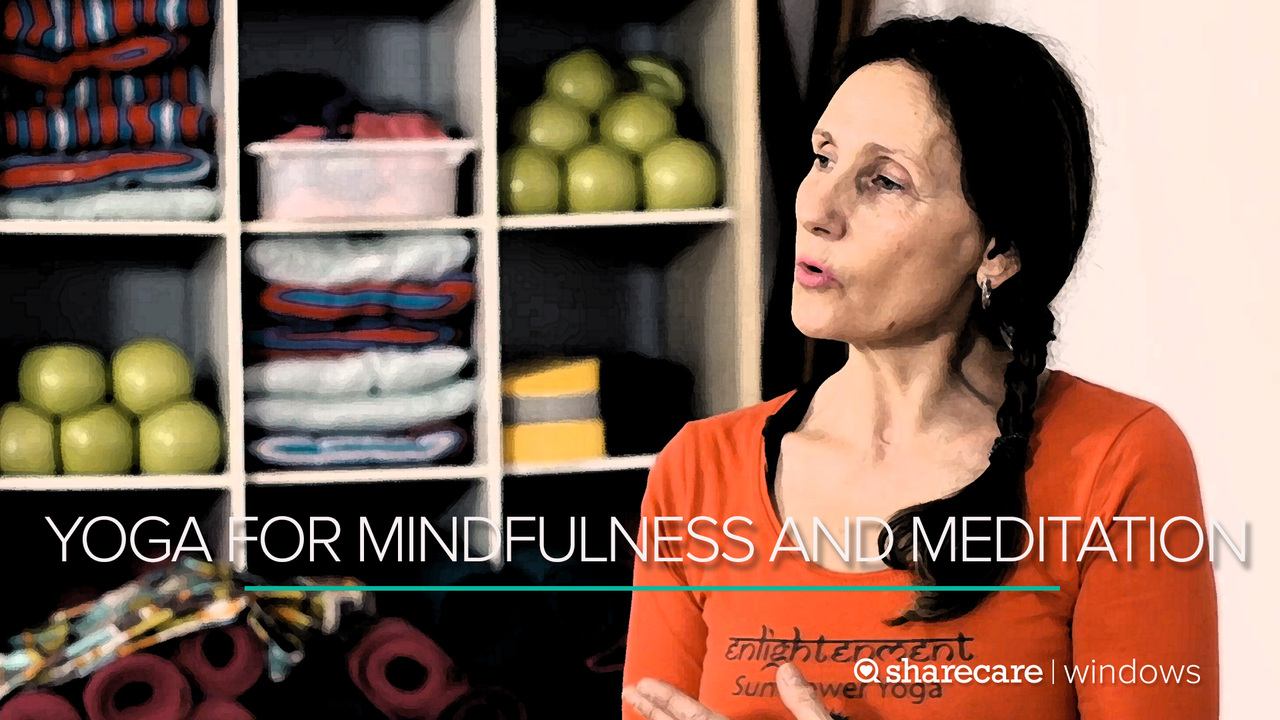Updated on January 22, 2025.
Americans need to move more and sit less. That’s been the clear-cut message from government health officials since they issued physical activity guidelines in 2008 and updated these recommendations in November 2018.
Most adults should get at least 150 minutes of moderate-intensity physical activity each week, or at least 75 minutes of vigorous-intensity activity. They should also engage in muscle-strengthening exercises at least twice a week, according to the U.S. Department of Health and Human Services (DHHS). But it seems the majority of U.S. adults are still not meeting these physical activity recommendations.
Researchers recently analyzed data from the Centers for Disease Control and Prevention’s (CDC) 2020 National Health Interview Survey. They compared physical activity levels in different parts of the U.S., including rural and urban areas. Overall, the analysis published in January 2023, found that across all regions, no more than 52 percent of adults were getting the recommended amount of aerobic activity, only about 35 percent were meeting muscle-strengthening guidelines, and just 28 percent met both physical activity goals. Adults living on the West Coast and in more densely populated cities were faring better than those in other regions or more rural areas, the survey showed.
This isn’t a new trend. The proportion of adults meeting physical activity recommendations also didn’t improve much between 2007 and 2016, according to research published in July 2019 in JAMA Network Open. In fact, at that time, scientists found that Americans were sitting more than ever before.
“This suggests that as a nation, we are putting ourselves at higher risk for having worse physical, mental and cognitive health as a direct result of our sedentary lifestyles,” says Lindsay Peral, MD, medical director for Executive Health at Wake Forest Baptist Medical Center in Winston-Salem, North Carolina.
How active should you be?
Federal guidelines encourage most adults to get at least 150 minutes of moderate-intensity physical activity each week, or at least 75 minutes of vigorous-intensity activity.
Older people should also add balance training to their routines to help reduce their risk for falls and fall-related injuries, health officials advise.
Kids and teenagers between 6 and 17 years old should engage in at least 60 minutes of moderate-to-vigorous physical activity on a daily basis, while also fitting in muscle-building and bone-strengthening activities at least three days per week. Health officials also encourage younger children to adopt an active lifestyle. The guidelines recommend that preschoolers between 3 and 5 years old be physically active throughout the day.
Pregnant and postpartum women should also aim for at least 150 minutes of moderate-intensity exercise each week.
But health officials point out that if you can get closer to 300 minutes of moderate exercise or 150 minutes of more strenuous activity on a weekly basis, it’s even better. In fact, the more exercise you get, the greater the health benefits, experts advise. This activity doesn’t have to be done in bouts lasting at least 10 minutes, as once thought. Health officials say that every bit of exercise counts toward your weekly goal—even just a two-minute walk.
“These updated recommendations reflect how important physical activity is to our physical, mental and cognitive health and well-being across the entire lifespan,” says Dr. Peral.
Any amount of exercise counts
The exercise guidelines updated in 2018 are based on scientific evidence that’s been compiled since the DHHS first issued formal guidelines in 2008. The key takeaway: Any amount of physical activity is better than none.
“As a medical provider who focuses on wellness and disease prevention, I appreciate the common-sense approach,” Peral says. “I also believe that small but intentional positive lifestyle changes will gradually lead to meaningful changes in health habits and behaviors, which will further enhance our overall health and wellness.”
Moderate-intensity activity includes things like doubles tennis, recreational swimming, bicycling slower than 10 miles per hour on level ground, ballroom or line dancing, general yard work and brisk walking. Running, swimming laps, or taking a challenging fitness class are considered vigorous physical activity, according to the DHHS.
But even a short walk, for example, could provide some immediate health benefits, including a reduction in stress and blood pressure as well as increased alertness, Peral notes.
Bottom line: It’s great if you’re able to run a marathon or spend two hours at the gym, but even climbing a flight of stairs has health benefits. Shoveling, gardening, taking your dog for a walk, and other low-impact activities all count as exercise that will work toward reducing your risk for a slew of chronic health issues, like heart disease and diabetes.
Why exercise matters so much
About half of American adults have one or more preventable chronic diseases—but seven of the 10 most common chronic health conditions could be improved with physical activity, according to the DHHS. Americans’ sedentary lifestyles and poor health are taking an economic toll as well. The DHHS calculates that Americans’ lack of physical activity, in particular, is linked to nearly $117 billion in yearly healthcare costs.
Physical activity can not only help people improve their health but also help reduce healthcare costs associated with obesity and sedentary behavior. “Recent data has revealed much broader benefits of exercise in terms of improving our brain health, reducing our risk for certain types of cancers, improving our sleep and our mood and overall improving the quality of our lives,” Peral notes.
Research conducted over the past 10 years suggests that in addition to reducing the risk for heart disease, high blood pressure and diabetes, regular physical activity is also linked to a lower risk for eight different forms of cancer, including cancers of the bladder, breast, colon, endometrium, esophagus, kidney, lung, and stomach.
There is also more evidence of the brain-boosting benefits of exercise, the DHHS points out. Physical activity could help you sleep and think better and reduce your risk for dementia, including Alzheimer’s disease. More recent studies have also established a link between exercise and mental health, suggesting that being active can ease anxiety and reduce the risk for depression.
How to start a new exercise routine safely
Health officials stress that safety should be a priority when participating in any type of activity. If you’re planning to engage in any fitness program, the DHHS recommends that you take the following precautions:
-
Choose activities that match your current fitness level and health goals.
-
If you’re going to increase the intensity or duration of your physical activities, do so gradually over time.
-
When participating in any activity, be sure to wear the appropriate gear and safety equipment.
-
Follow all the rules for your activity and make smart decisions about when, where and how to participate.
-
Pregnant women and those with chronic health issues or symptoms should talk to their healthcare providers before starting or changing an exercise regimen. They should ask about the types of activities that are appropriate for them and how much they can do safely.







